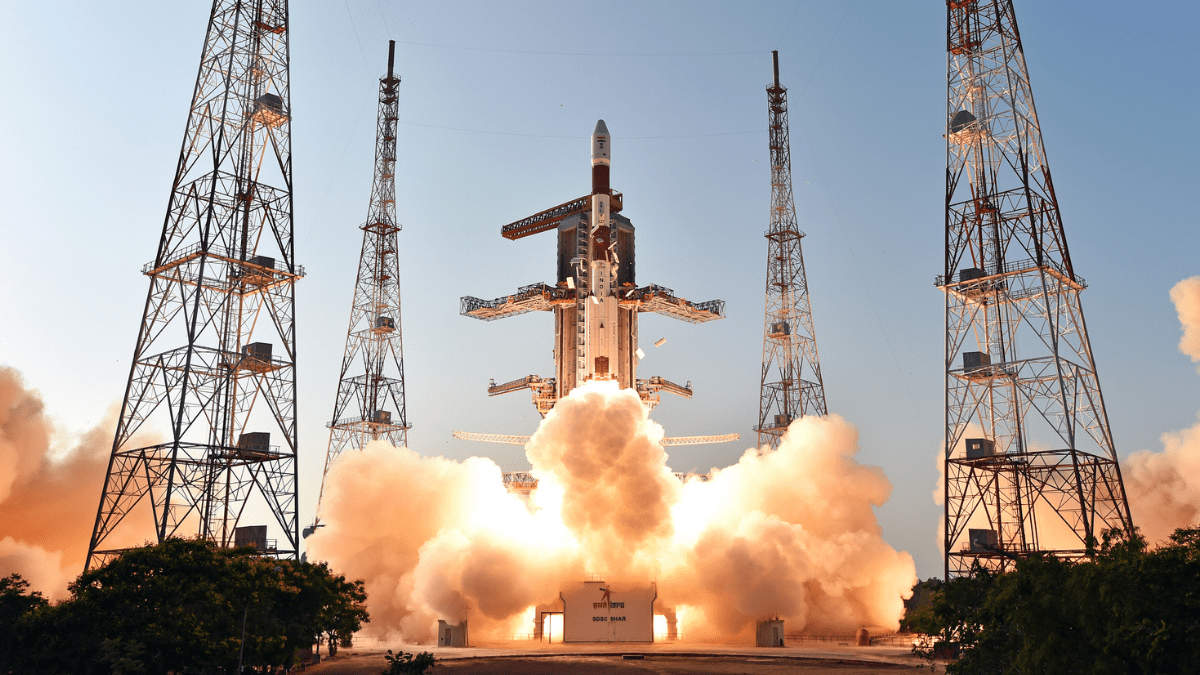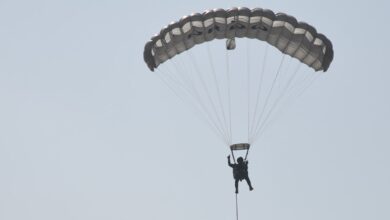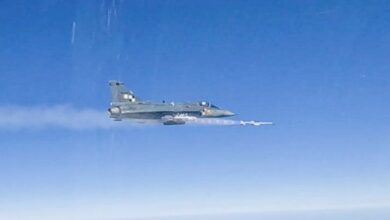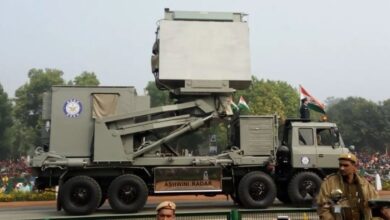ISRO Scientists Scramble To Meet Gaganyaan Mission

(This was originally posted in Hindustan Times by Anonna Dutt)
Scientists at the Indian Space Research Organisation (ISRO) are hard at work to get all the systems in place, including a human-rated launch vehicle, crew and service modules, a crew escape system, and the environment control and life support systems (ECLSS), to meet the launch timeline of the Gaganyaan mission slated for late 2022 or early 2023, according to people familiar with the matter at the space station.
The Gaganyaan mission — India’s first manned space flight — aims to carry three crew members to an orbit about 400km above the earth for five to seven days, and get them back safely. Here is the tech being developed specifically for the mission, according to Isro annual report and a webinar.
Launch Vehicle
The mission plans to use the newly operationalized GSLV MkIII launch vehicle that carried Chandrayaan-2. However, it will need to be “human rated”, or get enough systems and redundancies built in so that it becomes safe to carry humans, rather than just satellites.
To do this, the vehicle itself has undergone a redesign, including changes in the shape of its solid motor nozzles and use of a more aerodynamic 4m ogive (bullet-shaped) payload fairing where the crew module will be housed. The vehicle’s digital and intelligence systems are also being enhanced for better integrated monitoring of the vehicle’s health. “It’s not that the rockets are going to be new, but it has to be extra reliable. We have to build in high levels of redundancy and also high levels of intelligence into it. The GSLV MKIII is being re-engineered and most of the work is in electronics and algorithms and in building higher levels of reliability in the mechanical and propulsion systems,” said director of Vikram Sarabhai Space Centre, S Somnath, in a webinar on launch vehicles last month.
“The system will be such that it will decide when the rocket has to be destroyed by itself. So far, this intelligence was not given to any of the rockets and it was decided by someone on ground. The vehicle health management system will run a model internally, compare the actual flight with the model flight on the on-board computer, and see whether there is perturbation. Depending on the extent of perturbation, decision will be taken to abort the emission and go for crew escape,” he added.
The space agency has completed testing two of the three stages of the human-rated launch vehicle, with only the testing and qualification of the upper cryogenic stage remaining, according to the agency.
Test Vehicle Project
A key element to making the launch vehicle safe for travel of humans is to create a crew escape system (escape from the crew module in case of emergency) pad abort system (to stop the flight on the launch pad in case of an emergency).
The design of the escape system has been finalised with five “quick-acting” solid fuel motors with a high burn rate propulsion system, and fins to maintain stability. The crew escape system will separate from the crew module by firing explosive nuts.
To test these escape systems, Isro has designed a new rocket called the Test Vehicle, which will take the crew module up in space and then switch off to see how the escape system functions. “We can’t put the crew module in an actual rocket and then make it fail to see what happens. So we have made a rocket that will take the module in space and then terminate the vehicle to demonstrate the crew escape system. This is a fully autonomous rocket. This is almost completed and the first flight vehicle is undergoing integration…,” Somnath explained at the webinar. He said the vehicle design will be used to develop future reusable launch vehicles.
Crew and service module
The crew module will be a conical structure with a height of 3m and a diameter of 3.5m. It will house three crewmembers, their seats, electronics for aviation, and ECLSS meant to maintain the pressure, temperature, humidity, and composition of gasses. The space agency has finalised the configuration of a human metabolic simulator that will mimic the crew’s heat release, breathing, and sweating to check the working of the ECLSS systems.
The space agency has created a life-size mock-up of the module to test integration with other systems. The layout for ECLSS, electronics, and other subsystems have been finalised. The crew module and a hexagonal service module are together called the orbital module, which will remain in space during the mission. The number of solar panels, wings, power requirements, antennae, and sensors have been finalised, and the space agency has started fabrication of the module for the first unmanned mission; it will carry out two unmanned missions before sending men to space.
Supporting technologies
In addition to the main modules of the mission, scientist are also developing parachutes to slow down the crew module during its return, shields to protect the modules from space debris, and a crew health monitoring system, space food, and emergency survival kits. Isro, along with the Indian Navy, is also planning for multiple scenarios for quick and efficient recovery for the crew once they return to earth.
“…The mission will solve several critical challenges that come with putting humans in a launch vehicle, chief among them is designing a crew module that can absorb the vibrations created during lift-off and keep the crew members safe,” said Dr SM Ahmed, head of central instruments laboratory at University of Hyderabad and former scientist.








